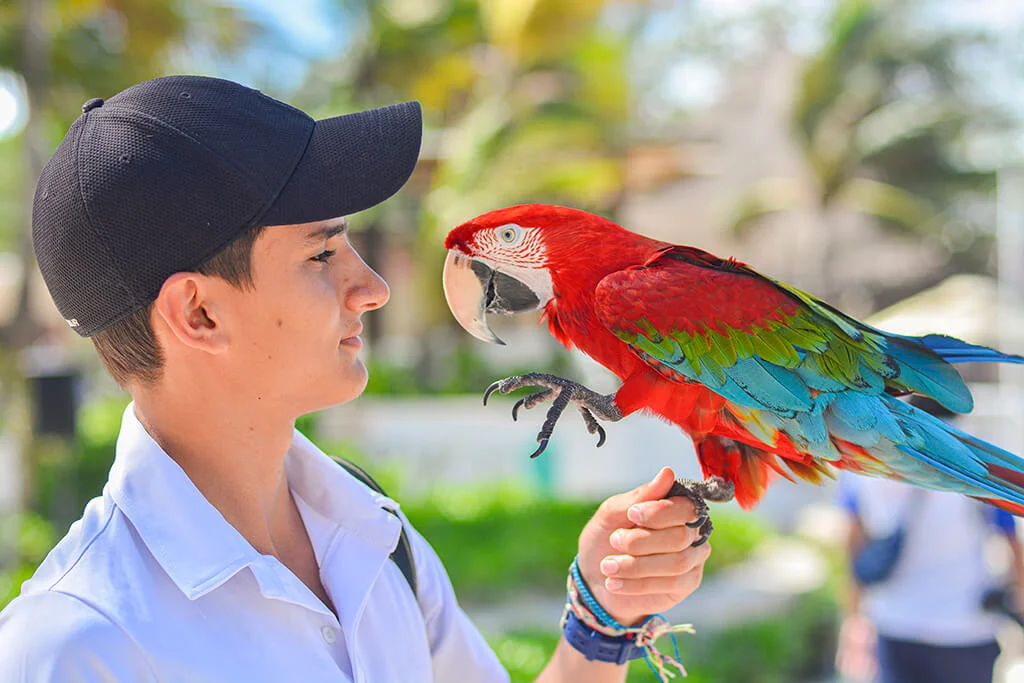

6 Tips to Decode Your Parrot’s Body Language
Parrots are fascinating and intelligent creatures that have become popular pets around the world. They are known for their vibrant colors, engaging personalities, and, of course, their ability to mimic human speech. While parrots are excellent communicators, they also use a range of Parrot’s Body Language signals to convey their emotions and needs.
To understand your parrot’s body language is a very important key to building a strong bond and communicating effectively with your feathered friend. In this blog, we will discuss 6 tips for interpreting and responding to your parrot’s body language.
Always Maintain Good Eye Contact
Eye contact is a crucial aspect of parrot body language. When your parrot looks directly at you, they are communicating that they want your attention, affection, or food. Dilated pupils indicate excitement or fear, while constricted pupils suggest your parrot is feeling relaxed or content.
Take Notice if you See Your Parrot Fluffing its Feathers
Parrots fluff their feathers for many reasons, including regulating body temperature, grooming, and showing off their beauty. However, if you notice excessive feather fluffing, this can be a sign of discomfort, pain, or illness.
Watch Their Wing Positioning
The position of your parrot’s wings can tell you a lot about their mood. Raised wings can indicate excitement or aggression, while relaxed wings suggest your parrot is calm and comfortable.
Understanding Their Tail Movements
Parrots use a variety of body language to communicate, and their tails play an important role in this. A parrot’s tail feathers can convey a range of emotions, such as excitement, fear, or aggression. For example, a happy parrot may hold its tail feathers out straight and puff them up, while a scared or threatened parrot may tuck its tail close to its body. By observing a parrot’s body language, including the movements of its tail feathers, owners can better understand and communicate with their feathered friends.
Load Vocalizations Can Show Signs of Stress
Parrots are renowned for their ability to mimic human speech, but they also use a variety of vocalizations to express themselves. Screaming or loud squawking can indicate stress or boredom, while soft chirping or purring suggest your parrot is content.
Beak Movements Help Reveal How They’re Feeling
Your parrot’s beak movements can also give you insight into their emotions. Grinding their beak can indicate relaxation or pleasure, while clicking or rapid beak movement may signal aggression or fear.



